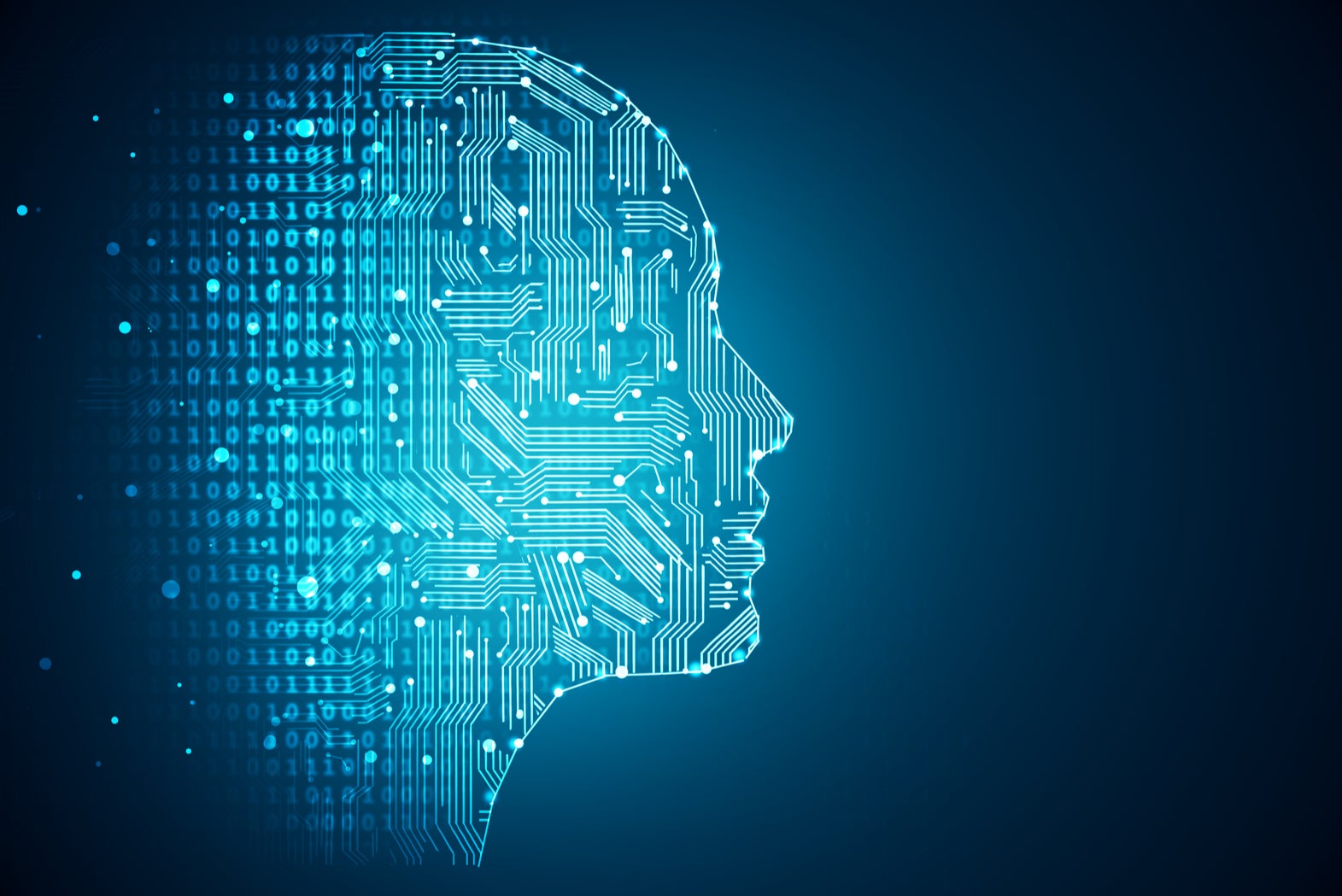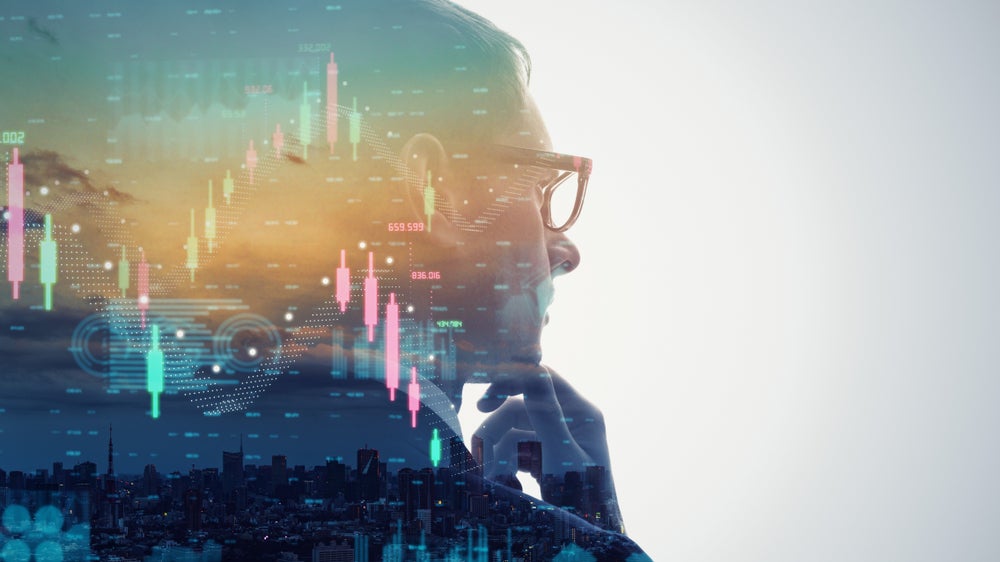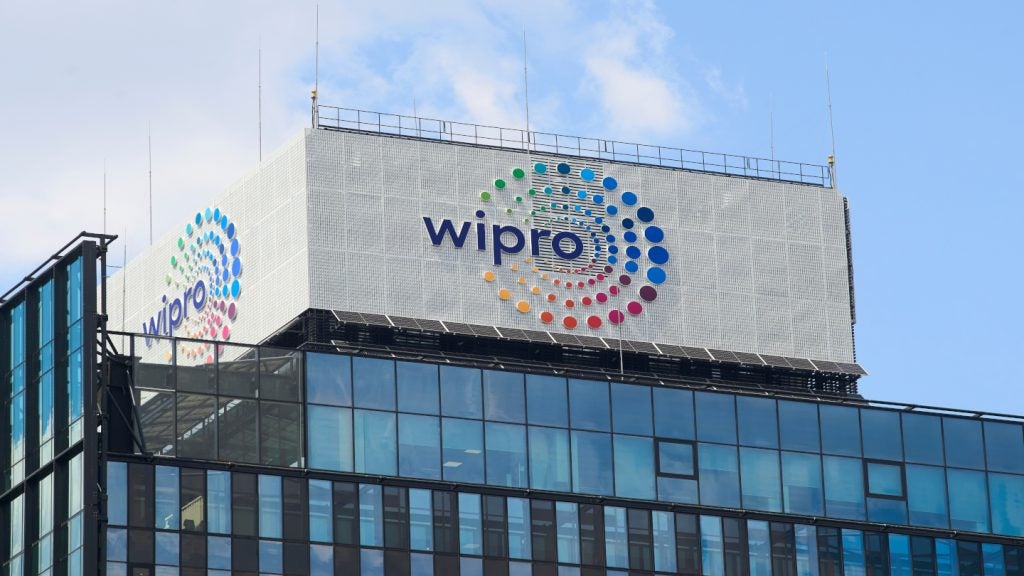
The Matrix reached US cinemas just over 20 years ago and articulated society’s fear of the power of artificial intelligence (AI) and its potential to overpower the human. The film taps into ongoing human anxiety around technology and our ability to control it, best epitomised by Mary Shelley’s 19th century trope of the Frankenstein’s Monster— the notion that we may well lose control of our own creations as we strive to push the boundaries of science.
The human relationship with technology remains a fraught one, but there is little question that AI has the potential to be revolutionary.
The McKinsey Global Institute Study reported that in 2016 alone, between $8bn and $12bn was invested in the development of AI worldwide, and Goldstein Research predicts that by 2023, AI will be a $14bn industry.
While few of us yet use driverless cars and interact regularly with the animated robots of another science fiction story, I Robot, AI is nonetheless beginning to affect our daily life.
Understanding the limitations and possibilities of AI is vital to successfully applying it to the real world and putting in place adequate policies to safeguard against misuse.
The state of AI in the workplace
Technological advances have historically resulted in the ending of certain jobs as workers are replaced with machines, but equally, it usually involves the creation of others. While smart technology will affect all sectors of the economy in some respect, not all jobs are equally at risk. Those most threatened currently involve predictable patterns of repetitive activities, which can easily be taken over by machine algorithms. AI has been able to integrate into call centres, for example, to match callers with the best worker to solve their problem, or to respond automatically with chatbots increasingly being used in the service industry to provide users with automated help.
How well do you really know your competitors?
Access the most comprehensive Company Profiles on the market, powered by GlobalData. Save hours of research. Gain competitive edge.

Thank you!
Your download email will arrive shortly
Not ready to buy yet? Download a free sample
We are confident about the unique quality of our Company Profiles. However, we want you to make the most beneficial decision for your business, so we offer a free sample that you can download by submitting the below form
By GlobalDataMeanwhile, jobs least at risk include those that involve high levels of expertise or those that require a high level of human interaction. There is a growing emphasis on the need for skills including creativity and social intelligence – skills that a machine cannot easily learn or replicate. In the long run, AI is predicted to increase productivity and allow the workforce to move away from mindless tasks and towards a more meaningful expression of work.
The combination of data analytics, AI and the Internet of Things (IoT) is also reshaping the financial sector, with big data being used increasingly to produce better credit models and more accurately determine loan qualifications and suitability. AI is also being used in fraud detection, where machine-learning algorithms are monitoring patterns of customer behaviour to enhance detection of potential suspicious activity.
Similarly, AI is being used to eliminate human trafficking. Banks can join the dots of information from third party data, databases of known traffickers, innovative technologies and their own internal data and use AI to find links between individuals, identify nefarious activity, and build a picture of a criminal network.
AI in daily life
AI helps us identify patterns and trends that would take a human weeks or even months to analyse, due to its ability to digest information on a gigantic scale that no human brain could hope to replicate. This means AI is being leveraged in a variety of ways to improve the efficiency and accuracy of processes used in day-to-day life.
AI is already being built into retail process, for example, from ordering groceries to responding to food and clothes orders, which speeds up the service delivery to the user.
Smart home devices are now common, with Virtual Assistants such as Amazon Echo’s Alexa being used on a daily basis to give directions, play music and find us information while algorithms in media streaming services and social media sites influence the type of music you listen to or the adverts you see, and navigation applications help us find our way around via AI that interprets thousands of real-time data points.
AI is also impacting health; London’s Royal Free Hospital, for example, is using Google’s DeepMind to interpret data faster and monitor patients better, resulting in the ability to provide treatment with improved accuracy and speed.
Issues with AI
While developments in AI and machine learning are sprinting ahead, there remains little public awareness of the dangers of AI-bias. Algorithms taught through biased training data will not only learn biased behaviour, but reinforce it. As a result, AI has the potential to get stuck in racist, sexist or ableist feedback loops, learning first from biased training data and then from itself. For example, Wired previously reported that machines taught by image-recognition software and photos reflected the gender biases of their creators, labeling scenes such as cooking as associated with women and sports as associated with men, even when these labels were incorrect.
Meanwhile, there remains concern that the replacement of jobs with AI could leading to an entrenching of low skill/low pay versus high skill/high pay segments, causing social unrest and further consolidating pre-existing social and geographical inequalities.
Solving AI’s issues
In order to prevent machine takeover, we need to ensure we are educating and training the workers of tomorrow so they are adapted to take up positions within these new smart systems.
Moving away from trusting data implicitly as an absolute form of truth will require growing social awareness of the capacity for AI to carry inbuilt bias. As a society, we need to improve diversification of workforces so as to involve diverse populations in ethical creation and consumption of machine-learning predictions.
While we need to ensure that good regulation and policies are put in place to prevent the misuse of AI in the future, it is clear that the dystopian fears of AI as explored in the Matrix have not yet come to bear. However, with AI becoming increasingly pervasive within our society, the leaders of today need to ensure that this technology continues to benefit all, and that systems of work are in place that allow human skills in business environments to continue to be valued.
Read more: The AI of Things: Better data management today makes AI more successful tomorrow







